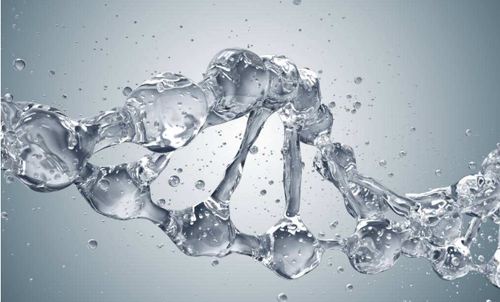A water structuring device is a type of underwater structure that is designed to stabilize and maintain the shape and position of an underwater body of water. It can be used to create sheltered areas, protect coasts and marine habitats, manage wave energy, improve fisheries navigation and reduce coastal erosion. They can help to prevent floods, protect against erosion, and support a healthy ecosystem. Water structures can also help to conserve water resources.

Image Source: Google
There are several types of water structuring device:
1) Membrane filtration devices: These devices use membranes to filter out large particles and bacteria. They work well for treating residential and industrial wastewater, but they have limitations when it comes to removing chemicals and toxins.
2) Centrifugal filtration devices: These devices use centrifugal force to force small particles and bacteria through a screen. They're good for treating larger volumes of water, but they tend to be more expensive than membrane devices.
3) Flocculation devices: They help to break up large clumps of suspended material and sediment. These devices can be either in-line or off-line. In-line flocculation devices use jets or paddles to break up the clumps, and off-line flocculation devices use disks that rotate to break up the clumps.
4) Reverse osmosis systems: This type of water structuring device is used most often in residential and commercial settings. It uses pressure and semipermeable membranes to remove salt, fluoride, and other minerals from water.